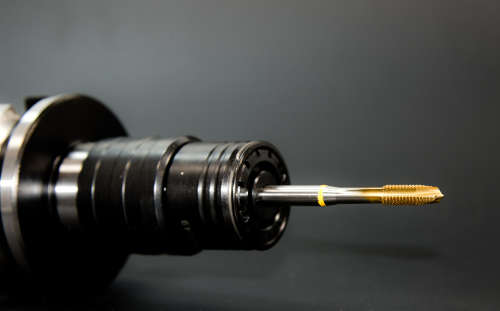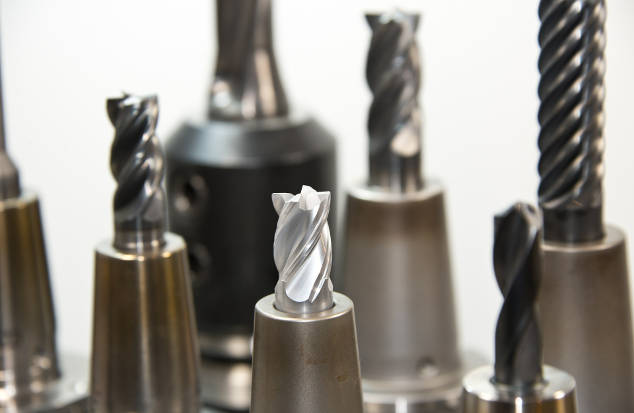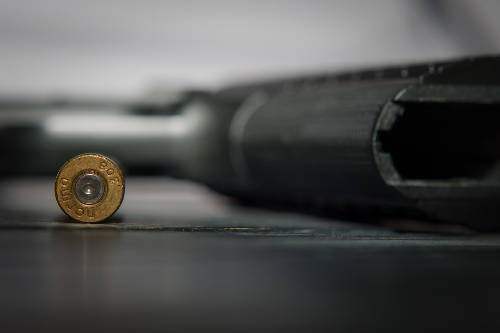The PVD finishes: gold, black, stainless steel, purple and other colours
|
Topics of the article: |
The PVD process allows for a wide varied of finishes for production on any type of surface. This results in new materials that are more resistant, lighter, cleaner and more economical than traditionally available. CM Group offers a wide range of finishes, colours and metals that find many applications in the jewellery and watch industry (gold PVD), plumbing industry (brass PVD), nautical and automotive industries (stainless steel PVD), home decor, lighting, tools, and in all types of industrial components. Basically, PVD coatings can be used in applications of all types of semi-finished and finished products.
Titanium Nitride PVD – Shiny Gold – Satin Gold - Pearl Gold
 Gold PVD techniques consist in coating the surface of objects with a thin layer of Titanium Nitride, a very dense, exceptionally hard metal compound. Performed under vacuum in a controlled atmosphere, this coating guarantees a long-lasting protection against scratches, abrasion, and accidental spotting of the treated part. After treatment, the resulting surface is as resistant as a sapphire, second in hardness only to the diamond.
Gold PVD techniques consist in coating the surface of objects with a thin layer of Titanium Nitride, a very dense, exceptionally hard metal compound. Performed under vacuum in a controlled atmosphere, this coating guarantees a long-lasting protection against scratches, abrasion, and accidental spotting of the treated part. After treatment, the resulting surface is as resistant as a sapphire, second in hardness only to the diamond.
Titanium Nitride (TiN) is a binary compound of titanium and nitrogen. This is an extremely hard ceramic material used to cover titanium alloys, steels, carbides, and aluminium components to improve the surface properties of the parts. In addition to its decorative purpose, Titanium Nitride PVD is used to harden and protect cutting and sliding surfaces, and as a non-toxic surface treatment for medical prosthesis. Titanium nitride coatings are applied commonly on many tools, like drill bits and cutting heads, to improve lifetime, sharpness, and corrosion resistance.

With its metallic gold colour, Titanium Nitride coatings are used for decoration in jewellery and quality finishes. Titanium Nitride is also used as the most external coating on nickel or chrome plated objects, such as home faucets or door hardware. It is non-toxic and has been used to coat medical instruments as scalpel blades and saws for orthopaedic use, where hone and lifetime are important. Other uses of Titanium Nitride include implants, aerospace and military applications.
For the jewellery and watch industry, in addition to Titanium Nitride, a layer of gold can be applied, that gives the object the same warm, shiny appearance of pure gold, in addition to guaranteeing effective protection from corrosive agents like sea water, sweat and pollution.
This treatment offers a long-lasting guarantee against spots and oxidation at a significantly lower cost than that of solid gold.
.
Chromium nitride PVD – Grey - Shiny Chrome – Satin Chrome – Pearl Chrome

 STAINLESS STEEL PVD in its degrees that range from metal grey to purple is obtained using a coating of chromium nitride.
STAINLESS STEEL PVD in its degrees that range from metal grey to purple is obtained using a coating of chromium nitride.
Chromium nitride (CrN) holds important characteristics that suggest it be used in a range of applications. In fact, it is equipped with a very tenacious structure, thanks to which it is possible to reproduce layers with thicknesses that are much higher with respect to all of the other coatings (up to 15 micron). These advantages, along with excellent corrosion resistance, make Chromium nitride an extraordinary barrier to chemical aggression and oxidation. The low friction coefficient of this coating allows it to further reduce seizing between sliding surfaces.
Chromium nitride is a more ductile coating compared to the one obtained with Titanium Nitride, but it is extremely more resistant to corrosion, with a lower friction coefficient and greater resistance to oxidation. Furthermore, it is defined by a very low surface roughness. Chromium nitride is suitable for processing plastic materials and is used in high temperature processes and processes where it is important to reduce the friction coefficient or where high corrosion resistance is necessary.
One characteristic of PVD coatings is the possibility of applying multiple layers to the same tool. For example, a tool can be coated 15 to 20 times after sharpening without excessively increasing the coating thicknesses or producing defects. In this way, tools are always used in an optimum manner, the productivity remains constant over the tool life and the tool savings that are obtained, based on the calculations performed, are very high.
Chromium nitride has been accepted by the FDA (Food Drugs Administration).
Titanium CarboNitride PVD (TiCN), Titanium Aluminium Nitride (TiAlN), Titanium Nitride Oxide (TiNO) – Light grey to rifle barrel black, Shiny – Satin – Pearl
To obtain a colour that ranges from grey to riffle barrel black, mostly carbide titanium nitrides or titanium nitrides are used. These coatings improve the wear and corrosion resistance increasing the strength and the oxidation resistance levels. This PVD layer can reach a thickness of one micron and is fixed solidly to the substrate of any kind of support, which can be plastic, metal, or stainless steel. This method of deposition is based on a purely physical process, which is performed in an environment under vacuum and high temperature.

Black PVD is chosen to increase the durability and wear resistance, both due to the corrosion resistance characteristics and for its very high quality appearance when a persistent, opaque brown-black effect is required, such as for weapons, jewellery, and home decor of value.
The PVD coating extends to highly diversified fields to improve the surface wear, corrosion resistance, or decorative characteristics of components built especially from steel and in carbon, to obtain innovative colours to be applied to surfaces of high quality consumer goods with excellent hardness and abrasion resistance.
The technology evolution of the PVD processes has led to the construction of large systems that can coat tools of considerable length, treating a large number of components in the same coating batch.
Whatever the finish, colour or metal used for the coating, the entire PVD process is innocuous for the environment: no polluting substances or toxic residues are produced during processing that can poison our planet. The PVD process is safe, clean and ecologically sustainable.
Ask for an estimate for your needs



